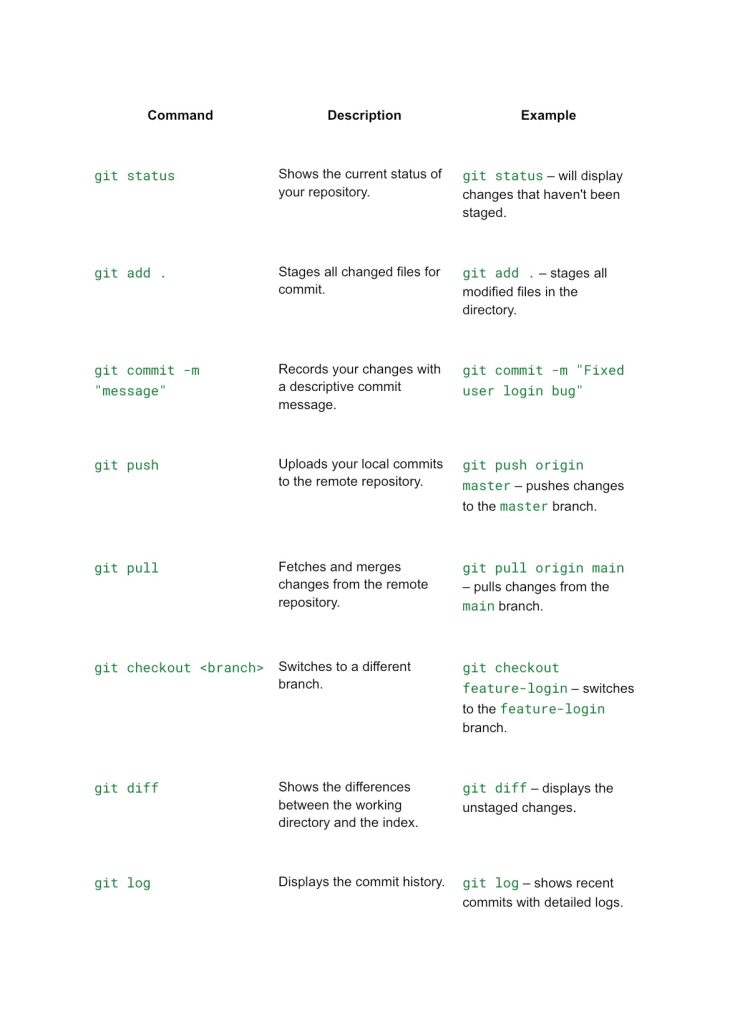
Debugging is every developer’s least favorite activity yet an unavoidable part of the journey. It’s like the uninvited guest who always arrives when you least expect it, turning your peaceful coding session into a whirlwind of confusion. One moment, you’re confidently admiring what you think is a masterpiece of clean, functional code, and the next, your program crashes harder than a poorly handled try-catch block, leaving you scrambling to figure out what went wrong.
The good news? Debugging doesn’t have to be an endless spiral of frustration or a dreaded chore. With the right tools, mindset, and strategies, you can transform it into a productive, even rewarding experience. Not only can you save time and preserve your sanity, but you might also find yourself improving your skills in the process. Whether you’re a coding rookie navigating your first syntax error, an intermediate developer tackling more complex bugs, or a seasoned expert fine-tuning a sophisticated system, these tips will help you debug like a pro and resolve errors faster.
1. Understand the Error Message
Error messages are the unsung heroes of debugging—they might seem cryptic at first, but they’re your best friends when it comes to identifying problems.
How to Decode Them:
- Read Carefully: Resist the urge to panic. Take a moment to read the error message line by line. Often, it provides valuable information like the type of error, its location, and even suggestions.
- Pinpoint Key Details: Error messages usually include line numbers, specific variables, or functions. For instance, “SyntaxError: Unexpected Indent” clearly points to an indentation issue.
- Search for Solutions: If the error is unfamiliar, copy and paste it into Google. Platforms like Stack Overflow are treasure troves of solutions where other developers have likely solved the same problem.
2. Start with Clean, Readable Code
Prevention is better than cure, and clean code is your first line of defense against bugs. Sloppy code not only makes debugging harder but also creates unnecessary confusion for your future self or teammates.
Clean Code Practices:
- Meaningful Names: Avoid vague names like x or temp. Instead, use descriptive names like userName or orderTotal.
- Consistent Formatting: Proper indentation and spacing are non-negotiable. Think of your code as Jollof rice—it should be well-arranged, not a chaotic mess.
- Use Comments Strategically: Comments should clarify, not clutter. Annotate complex logic or areas where future changes might occur. Over-commenting can be as bad as no comments at all.
3. Break the Problem Into Smaller Pieces
Debugging an entire codebase at once is overwhelming and counterproductive. Instead, break the problem into manageable chunks.
Steps to Simplify Debugging:
- Test Small Sections: Focus on individual functions or components before looking at the big picture.
- Add Debugging Outputs: Use console.log, print, or equivalent statements to check the flow of your code and the values of variables at different points.
- Work Backwards: Start from the point where the bug appears and trace back through your code to identify the cause.
4. Leverage Debugging Tools
Manually stepping through code can only get you so far. Debugging tools streamline the process and save valuable time.
Tools Every Developer Should Know:
- Browser DevTools: A must-have for web developers. Use the “Sources” tab to set breakpoints, inspect the call stack, and monitor JavaScript execution in real-time.
- IDE Debuggers: Integrated debugging features in IDEs like VS Code, PyCharm, and IntelliJ allow you to step through your code, inspect variables, and identify issues efficiently.
- Linters: Tools like ESLint for JavaScript or Pylint for Python catch common errors and enforce coding standards before your code even runs.
- Logging Libraries: Use structured logging frameworks like Log4j or Winston for detailed insights into runtime behavior.
5. Embrace Rubber Duck Debugging
Explaining your code out loud may seem silly, but it’s an incredibly effective debugging technique.
How It Works:
- Grab a rubber duck, stuffed animal, or anything that will “listen” without judgment.
- Describe your code line by line as if teaching someone else.
- Often, this process reveals logical inconsistencies or overlooked details.
No duck? Try explaining to a friend, colleague, or even a willing plant on your desk.
6. Debug with a Clear Mind
Trying to fix bugs when you’re frustrated or tired is a recipe for disaster. Debugging requires focus and patience.
Tips for Staying Calm and Productive:
- Take Breaks: When you’re stuck, step away from your desk. A quick walk or a snack break can refresh your mind.
- Sleep on It: Complex problems sometimes resolve themselves after a good night’s rest. Your subconscious often works on the issue while you’re not actively thinking about it.
- Ask for Help: There’s no shame in reaching out to a colleague, mentor, or online community. Fresh perspectives often uncover solutions faster.
7. Use Version Control Wisely(Git)
Imagine debugging for hours, finally fixing the issue, and then realizing you accidentally broke something else. Painful, right? This is where version control comes in.
How to Make Version Control Work for You:
- Commit Frequently: Save your work after every major milestone. If something breaks, you can always revert to a stable version.
- Branch Your Changes: Create separate branches for experiments or bug fixes to avoid corrupting the main codebase.
- Revert with Confidence: If your changes make things worse, roll back to the last working commit without hesitation.

8. Document and Learn from Bugs
Every bug you fix is a lesson. Keep track of the tricky ones and how you solved them—it’ll save you time when you encounter similar issues in the future.
How to Build a Debugging Journal:
- Classify the Bug: Was it a syntax error, logic bug, or runtime issue?
- Note the Cause: Identify what triggered the problem and how you diagnosed it.
- Record the Solution: Document the steps you took to resolve the issue so you can handle similar bugs more efficiently.
9. Celebrate Your Wins
Debugging can be exhausting, but every fixed bug is a win worth celebrating. Acknowledge your progress, no matter how small.
How to Celebrate:
- Reward yourself with a treat—suya, puff-puff, or even just a short Netflix binge.
- Share your success with peers. A solved bug is always worth bragging about!
- Reflect on what went well to build confidence for tackling future challenges.
10. Stay Curious and Keep Improving
Debugging is a skill that grows with experience. The more you code and solve errors, the better you become at identifying and fixing problems.
Ways to Sharpen Your Debugging Skills:
- Follow blogs, tutorials, and online communities for tips and tricks.
- Explore debugging features of new tools and frameworks you use.
- Practice regularly by working on side projects or contributing to open-source codebases.
Final Thoughts
Debugging doesn’t have to feel like a chore. With the right tools, techniques, and mindset, it can become an exciting problem-solving adventure. Every error you fix is a chance to learn and grow, turning challenges into stepping stones toward becoming a more skilled and confident developer.
So, the next time your code breaks, don’t panic. Take a deep breath, grab your favorite debugging tool (or rubber duck), and approach the issue with a clear plan. Remember, every developer encounters bugs—it’s how you tackle them that defines your growth.